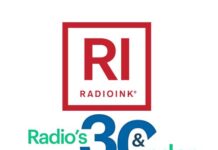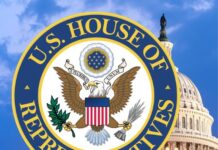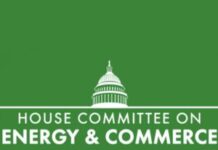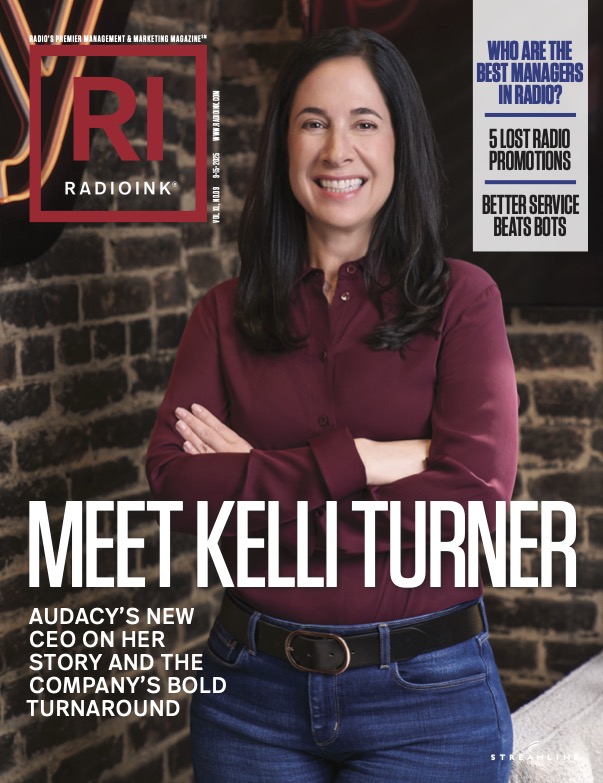
The 2025 NAB Show opened with an acute emphasis on the strength of local broadcasters as main street radio leaders gathered for the Small and Medium Market Radio Forum in Las Vegas, with an opening address from NAB President and CEO Curtis LeGeyt.
“We are so excited to welcome you all to be here,” LeGeyt said. “Whether it’s AI, podcasting, or the connected car, we understand the challenges that you’re facing right now — the intense competition in your communities to sustain your audience, grow your advertising dollars, and really forge connections in new and more meaningful ways.”
Addressing the broader media landscape, LeGeyt emphasized the resilience of local radio in an environment dominated by disruption. “If you’re here, it’s because you have already defied the odds,” he said. “You have doubled down on your local communities. You have an owned, trusted, fact-based programming community service. You are putting bodies on the ground to be committed to the communities that you serve.”
LeGeyt pointed to signs of momentum in Washington, highlighting the AM For Every Vehicle Act, which continues to gain bipartisan support. “This is not the product of high-powered Washington lobbying,” he said. “This bill’s support is driven by the 800,000 AM radio listeners from across the country who reached out to their members of Congress and asked them to take action.”
While progress has been made, LeGeyt cautioned that the legislative environment remains challenging. “We will get it done, and we will get it done because of your listeners’ commitment to all of you,” he said.
He also reinforced NAB’s push for modernization of ownership rules, arguing that in many communities, restrictions are preventing local investment. “There are communities that are being underserved right now because those broadcast groups that have the capital to further invest are capped from doing it by the current rules,” LeGeyt said. “Because of your story, you’re going to enable the FCC to do that.”
Turning to the ongoing battle over new performance royalties for music played on radio, LeGeyt credited local broadcasters for keeping pressure on lawmakers to oppose a performance tax. “It may seem tired,” he said, “but make no mistake, the recording industry continues to prioritize wanting to impose a new fee on your stations. And because of your work, we are once again out against it in this Congress.”
Following LeGeyt’s address, NAB Small and Medium Market Radio Committee Chair Julie Koehn reinforced the importance of NAB’s advocacy on behalf of local broadcasters. “Personally, I can’t afford to hire a lobbyist to Washington, DC,” Koehn said. “NAB is my quarterback, and my investment in NAB pales in comparison to the millions of dollars that NAB spends every year advocating for us, for our industry, for our small and medium market stations.”
Koehn also expressed optimism about the future of radio, particularly with the opportunities to grow brands and attract new talent. “I don’t know about you, but I am more excited about our industry than I have ever been,” she said. “We are bringing young people into our building. We’re hiring. There are so many opportunities for us with our radio brands and extending those brands.”
Roundtable discussions explored AI-driven marketing tactics, creative promotional strategies, podcast growth opportunities, niche audience engagement, digital revenue expansion, and building community through events and social media. Additional sessions, featuring insights from Xperi, RAB, Coleman Insights, and Marketron, examined connected car listener engagement, advertiser expectations for data and attribution, and the advantages of adopting local-first approaches in digital advertising.
Podcasting was also a hot topic, with S&P Global Market Intelligence Principal Analyst Justin Nielson examining economic challenges and opportunities facing radio, particularly around digital on-demand audio.
Finally, Cumulus Media Chief Insights Officer Pierre Bouvard presented research affirming radio’s continued dominance in ad-supported audio and its critical role in long-term brand growth.
Drawing from Edison Research’s Share of Ear 2024 study, Bouvard noted that AM/FM remains the top source of ad-supported audio among Americans 18+, including in-car listening. Additional Nielsen MRI-Simmons data showed radio continuing to deliver the largest mass reach among key demographic groups, outperforming television, digital, and social platforms.
Bouvard framed the advertising marketplace around two key objectives: converting immediate demand and creating future demand. He emphasized that while only a small percentage of consumers are ready to buy at any given time, building strong brand awareness and positive associations ensures businesses can capture future buyers.
Using case studies like Steve’s Pest Control in Missouri, Bouvard illustrated how consistent AM/FM advertising can lead to category leadership in awareness, favorability, and purchase intent. Data showed that radio-driven campaigns helped brands outperform national competitors at every stage of the customer journey.









